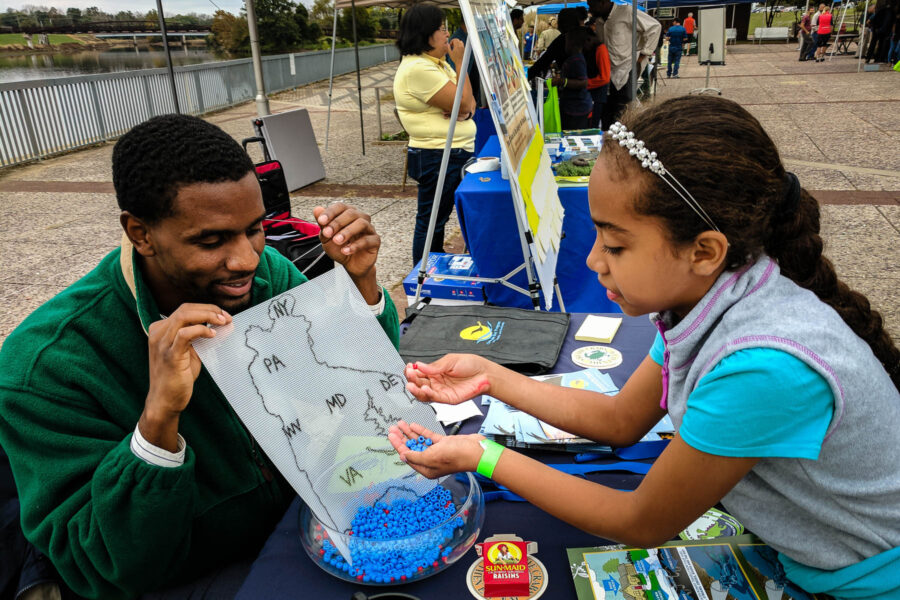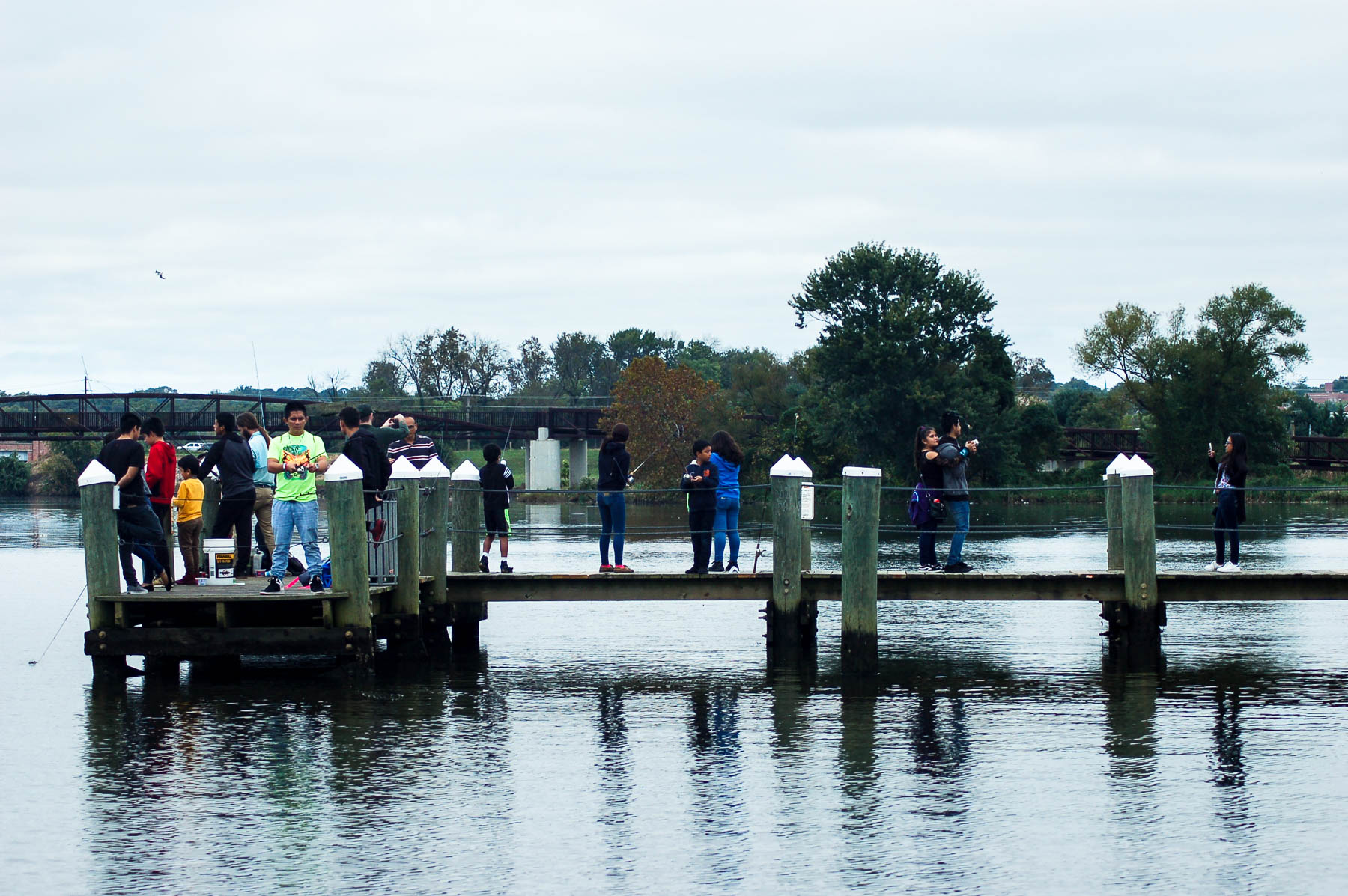Educación ambiental
Second annual Festival del Río Anacostia honors Hispanic heritage, promotes environmental education

Bladensburg Waterfront Park in Bladensburg, Maryland, is a picturesque and peaceful patch following the curve of the Anacostia River. Pavilions and trees offer shade over a path that wanders the riverbank, and piers stretching into the river invite visitors to feel the water’s breeze. Under particularly clouded mid-October skies, the paths and piers played host to vibrancy in the form of families out for a festival.
October 14 marked the second annual Festival del Río Anacostia, an event that is half-environmental education and half-cultural celebration. Exhibit tables featuring fascinating macroinvertebrates or activities of climate questionnaires rub shoulders with native dancers in traditional costume and booths offering sizzling carne asada.
Any language barriers are treated as yet another good-natured activity: exhibitors, visitors, scientists, young families and elderly couples play a round of linguistic telephone as they gesture and laugh their way through conversation. The occasional passerby rolling through the park by bicycle would invariably lean their wheels aside and join in the celebration.
When not meandering through the tables in the park proper, attendees get to discover the water. Boat tours run every 30 minutes throughout the day, and each fills to capacity. Fishing poles protrude through pier railings as scores line up to learn the trick to casting and try their hand with a line.

One of the reasons for an environmental festival along the Anacostia is that this particular river needs its citizens to be interested in environmental health – the Anacostia River is one of the most polluted in the Washington D.C. area. The Anacostia Watershed Society, a key planner in the Festival del Río, has assessed Anacostia health since 2010. Though it still received a failing grade in 2017, water quality in the Anacostia is trending up as citizen awareness and engagement increase.
Prominently displayed on the pier with the fun-loving anglers is a large Chesapeake Bay Program infographic in both English and Spanish, providing guidance on how to prepare fish safely and warning of the health concerns associated with eating contaminated fish. Attendees provide written feedback on the draft images, which will be edited with the community’s input and eventually distributed across the watershed.
Back on land, the buses shuttling visitors to the festival from local neighborhoods and back again was running into a bit of a problem: no takers for the midday return trip. A bus driver mimed turning a wheel across the crowd to Ramon Palencia-Calvo, Maryland program director for Chispa and a main organizer of the festival. The bus driver mimes driving again and points to the empty bus, then raises her hands. “They said they don’t want to come!” shouted Palencia-Calvo, hands cupped around his mouth to combat the lively music. “No one wants to go back.”
With the festival’s second year just as successful as the first, it is certain to continue for years to come – bringing the community together with both nature and neighbor.
For more information or to get involved with the 2018 festival, contact anacostiariverfest@gmail.com.

Comments
I enjoyed your article. Such a nice portrayal of the day and reasons for it. I never got to see most of it, as we were at our booth!
Thank you!
Your comment has been received. Before it can be published, the comment will be reviewed by our team to ensure it adheres with our rules of engagement.
Back to recent stories